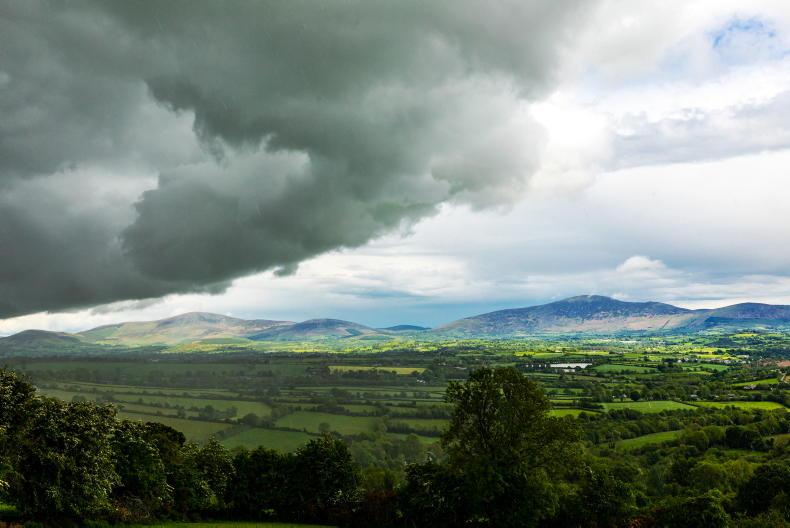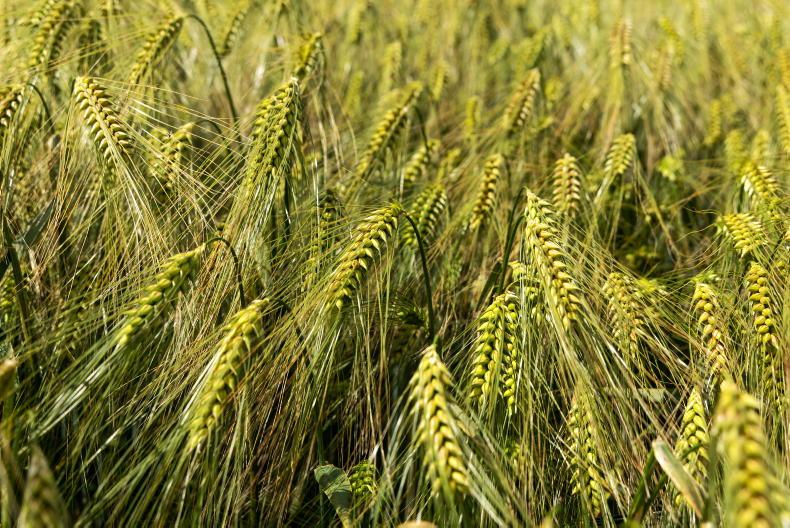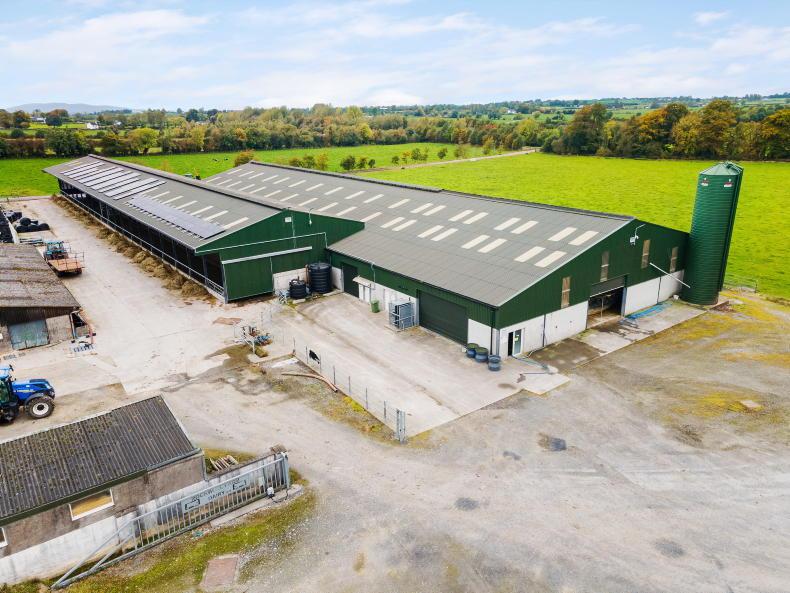Taken from a purely economic perspective, the argument to buy agricultural land is not terribly persuasive. With yields as low as 1.3% – about the same as can be achieved by putting your money in the bank – there is often a lot more “heart” than “head” involved in the decision to purchase land.
Before looking at what can be earned from an acre of land, it is worth noting that while some calculations make little sense if the land is purchased with cash, they make no sense at all if they are purchased with borrowed money. Right now, interest rates are as high as 7% so for almost all farming enterprises the cost of paying the interest on the loan would far outweigh the income from the purchased land.
We should also note that interest rates are set to increase further this year due to European Central Bank policies making the cost of borrowing even higher.
That caveat in place, let’s look at the breakdown of what can be achieved with a single acre of land. Clearly, price fluctuations from year to year will have a large effect on the annual yield, so we have, where possible, taken a five-year average of the returns.
Of the agricultural activities we looked at, dairy was the clear winner with a yield per acre of more than 4%, after an allowance is made for the extra capital costs involved, such as the purchase of additional stock. Under similar circumstances, the suckler farmer should expect a 2.2% return, about half what the dairy farmer achieves. The returns from sheep basically rounds to zero.
Tillage is seeing yields between 1.3% and 2% net of all costs. The investment case improves if we look at what might be called environmental rather than farming activities.
The case for investment in forestry does make sense – the generous grants, the lower-than-average cost of buying land that is suitable for tree planting and particularly the tax-free nature of the annual grant mean a reasonable yield can be achieved.
However, there are some drawbacks to this route – the land must be kept in forestry even after the annual grant payment runs out. While there can be a considerable payout when the trees are harvested, the final crop can take many, many years to mature.
A compromise might be to just lease the land out to someone else. While the return is lower, there can be tax advantages and once the lease is over, the land can be used for any purpose the owner wants (including leasing again).
Speaking of leasing, one thing that has emerged in recent years as an option is leasing land for solar panels. There are a few extra hoops to jump through here – the land has to be in the right place and laid out in large, flat blocks and the leases are generally for around 25 years – but if you can meet them, annual yields of 8% at no extra cost is achievable.
Return
The only investment that comes close to that level of annual return would be buying residential property and renting it out. That, however, comes with its own set of challenges.
Overall, if you are buying land right now to farm it, the economics don’t really stack up from a yield perspective. If you are looking to borrow money to buy land, the economics don’t add up at all. If you think land prices will continue to rise over the coming years, then a stronger argument can be made for buying as capital gains will add to the return.
However, those capital gains will be the same whether you do the work of farming it yourself, or just lease it out to someone else.
When it comes down to it there are many, many reasons for someone to buy land. Strong investment criteria, however, is generally not one of them.










SHARING OPTIONS